10 Mind-Blowing Movie Theories You Never Thought Of
We compiled a list of our favorite movie theories that made us rethink everything we know.
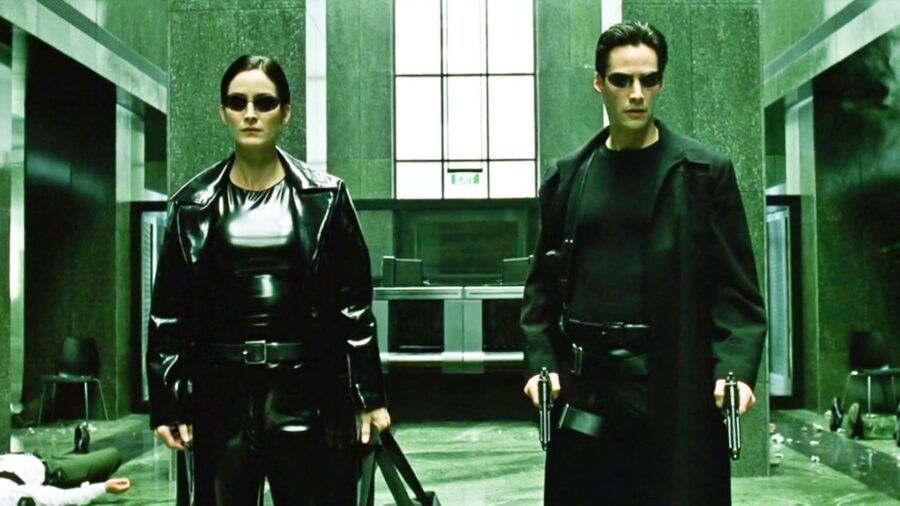
There’s only one thing that’s more fun than watching an engaging movie, and that’s hearing about the movie theories that fans come up with. Whether these theories are just elaborate fan fictions, or actually based in reality is up for debate. But who’s to stop us from having a little fun picking apart our favorite films and franchises to see if there is any other subtext beneath the surface?
Sometimes we just need to sit back and enjoy the show at face value. Other times, we can’t help but wonder if filmmakers are intentionally trying to tell an entirely different story beneath the surface. If your curiosity is getting the best of you, then you’re going to love hearing about 10 of our favorite movie theories that will absolutely blow your mind.
10. Darth Vader wasn’t actually evil
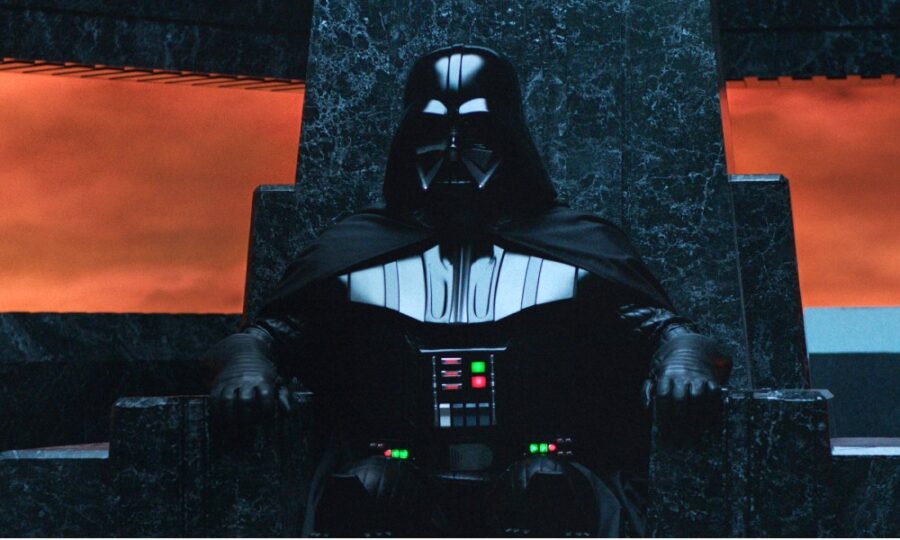
The Star Wars franchise is full of wild movie theories made up by one of the most observant fan bases we’ve ever come across. One notable way fans have flipped the script is by pointing out that Darth Vader may not have actually been evil, but rather an anti-hero who wanted to destroy The Empire from the inside.
How many times did Darth Vader choke out his officers over what many would think to be a perceived act of insubordination? Now think about what happens when a decorated admiral needs to get replaced. They often get replaced by less experienced officers who need to fill the role.
When you consider how many times Vader ruthlessly kills his own men, this movie theory starts to make sense. By replacing his high-ranking officers with less experienced ones, he is weakening the entire Empire’s operation and setting them up for failure one force-choke at a time.
9. The Joker is Actually Batman’s Half-Brother
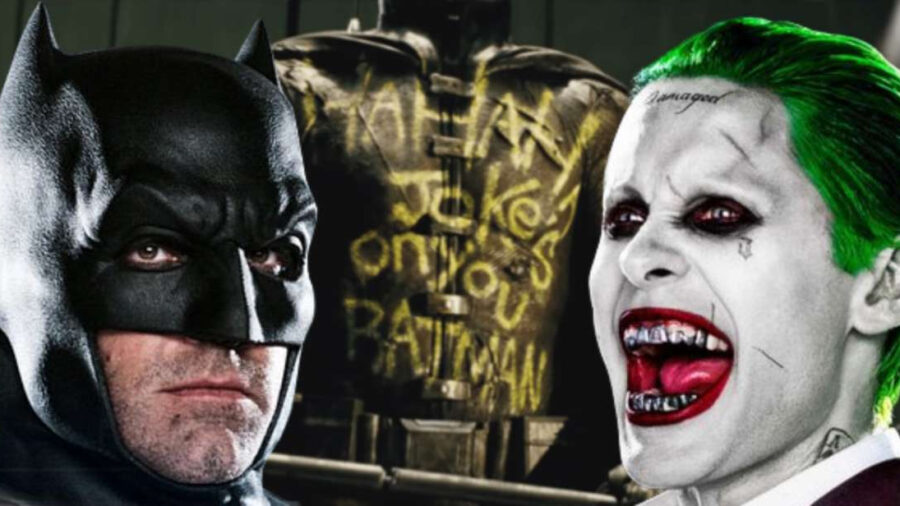
In 2019’s Joker, one of the more sinister movie theories in recent memory came to light. In this film, we learn that it may be possible that The Joker is Bruce Wayne’s half-brother because his mother, Penny had an affair with Thomas Wayne that was kept secret. But like all movie theories, there are a lot of blurred lines that don’t give us the clarification we need.
The issue in Joker is that we are dealing with deception on the part of an unreliable narrator who is in a questionable mental state. Not only is Arthur Fleck/The Joker (Joaquin Phoenix) battling his own inner demons, we learn that his mother is a compulsive liar who may have just had an unhealthy fixation on Thomas Wayne and just made up the whole thing.
If this movie theory does have some truth behind it, The Joker’s resentment toward Batman makes a whole lot of sense. Imagine being brushed off to the side while your half-brother lives an exceedingly comfortable life.
8. The Wizard of Oz is about populism
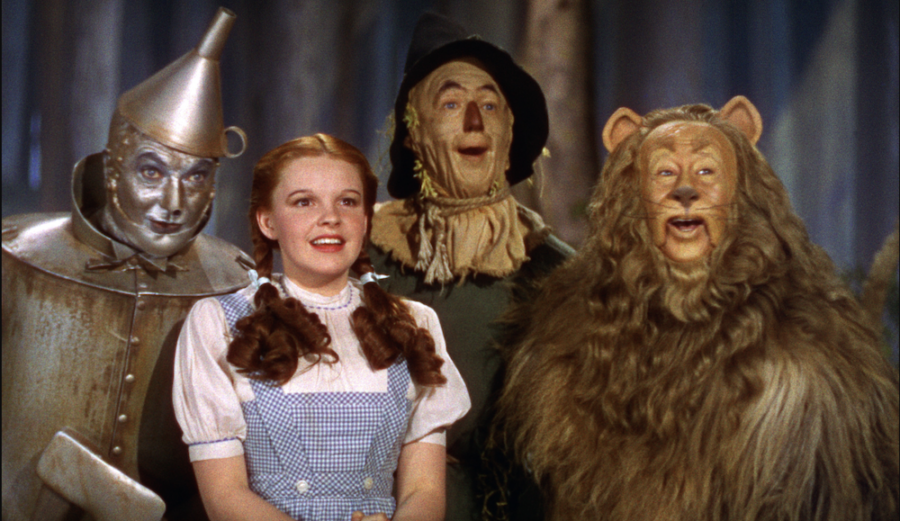
There aren’t a lot of movie theories that have been made by scholars, but The Wizard of Oz boasts one of them. This 1939 L. Frank Baum adaptation is said to be an allegory about the populist movement, and there is a staggering amount of symbolism that allows for this theory to be widely accepted by audiences. The populist movement represented farmers and laborers who felt that they weren’t getting a fair share in regard to wealth distribution.
Not only does the yellow brick road symbolize the gold standard that the US had during this time period, but all the friends that Dorothy made along the way are also said to represent different aspects of populism.
In this theory, The Tin Man, Scarecrow, and Cowardly Lion, respectively represent industrial workers, farmers, and cowardly politicians. Dorothy herself was from a farm in rural Kansas, and she led them all to the Emerald City, which in many ways represents the wealth and power of the ruling class.
7. James Bond is a code name, not a person
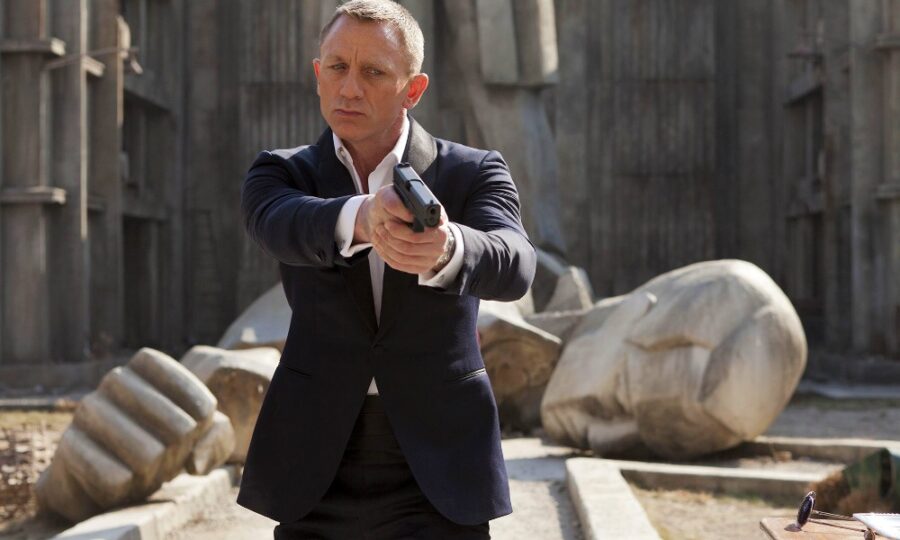
The “Code Name” is one of those movie theories that could possibly explain why James Bond never ages. The theory implies that “James Bond” is actually a code name for any agent operating as 007, and this makes sense when you consider how long the franchise has been running (over 60 years) and how many actors have portrayed him up to this point.
Of all movie theories, we want this one to be true. When it comes to continuity, a code name makes sense, but James Bond already had a code, which is 007. In other words, this is really just a form of retroactive continuity constructed by fans.
Though the continuity in James Bond movies isn’t exactly linear, there is still enough continuity to show us that James Bond is supposed to be one man. The most notable instance is in 2012’s Skyfall in which you actually see the graves of James Bond’s parents.
6. The Shining is about the moon landing hoax
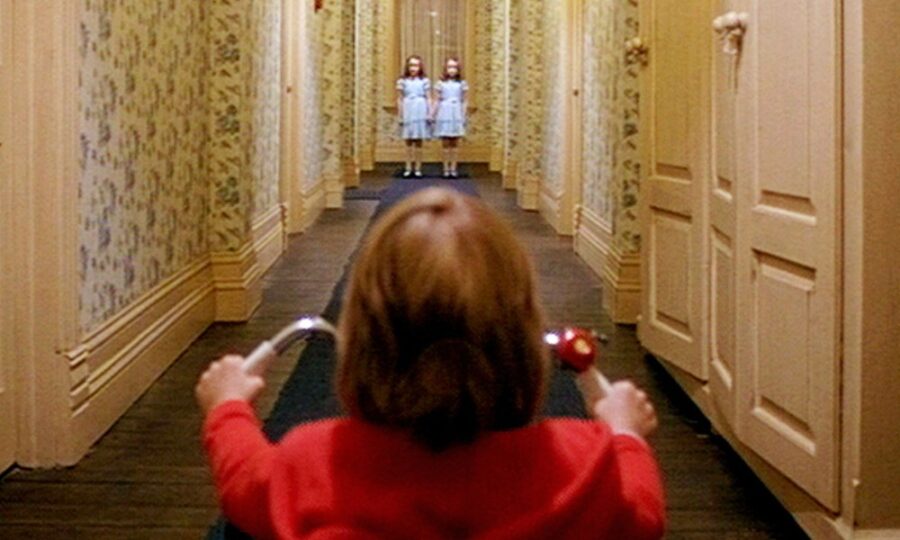
The Shining boasts one of the only movie theories that we know of that is said to be an elaborate confession to an actual real-life conspiracy theory: the moon landing. The theory states that Stanley Kubrick had a hand in faking the moon landing, and he left clues about it in one of his most iconic films.
Not only do we see Danny Torrance wearing a knitted sweater with an Apollo 11 rocket on it, but the floor pattern of the Overlook Hotel is said to resemble the Apollo 11 launchpad. What’s more, Kubrick made a very deliberate yet subtle change to the room number that Danny enters. In the Stephen King novel of the same name, Danny enters room 217, but in the film, he enters room 237, which supposedly represents the 237,000 miles that separate the moon from Earth.
Given how ahead of his time Kubrick was with his camerawork and instinct for practical effects, this is one of those movie theories that makes us wonder if he was involved or if we’re just reading too much into The Shining as a way to cope with how terrifying the movie is.
5. The Joker is the hero in The Dark Knight
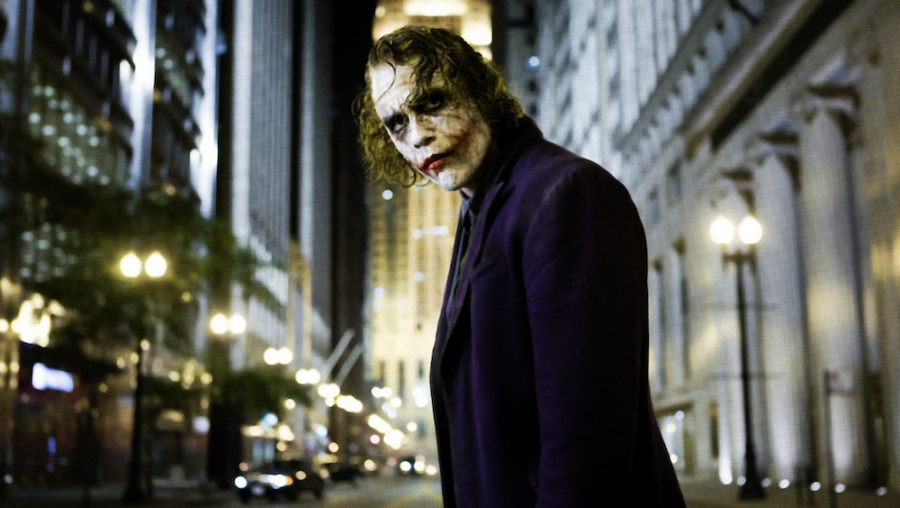
Speaking of movie theories that involve The Joker, we have one that will totally make you rethink Heath Ledger’s legendary performance. In The Dark Knight, we find Gotham City overrun by mob rule and the wave of crime that comes along with it. And who does the Joker mess with right off the rip? The mob.
The Joker comes off as a violent sociopath (as he should); his actions are quite telling if this movie theory is considered. By robbing mob-run banks and burning their money, the mob loses its power. Though The Joker is responsible for quite a bit of destruction and collateral damage himself, he kills many corrupt officials and criminals along the way.
Perhaps the most significant aspect of this movie theory to consider is Harvey Dent’s fate. Dent became the martyr that Gotham needed, and the passing of the Dent Act wiped out the presence of organized crime in Gotham. Though this is one of the more wild movie theories we’ve come across, it certainly paints a picture of The Joker that’s worth taking a deeper look at.
4. Willy Wonka is a serial killer
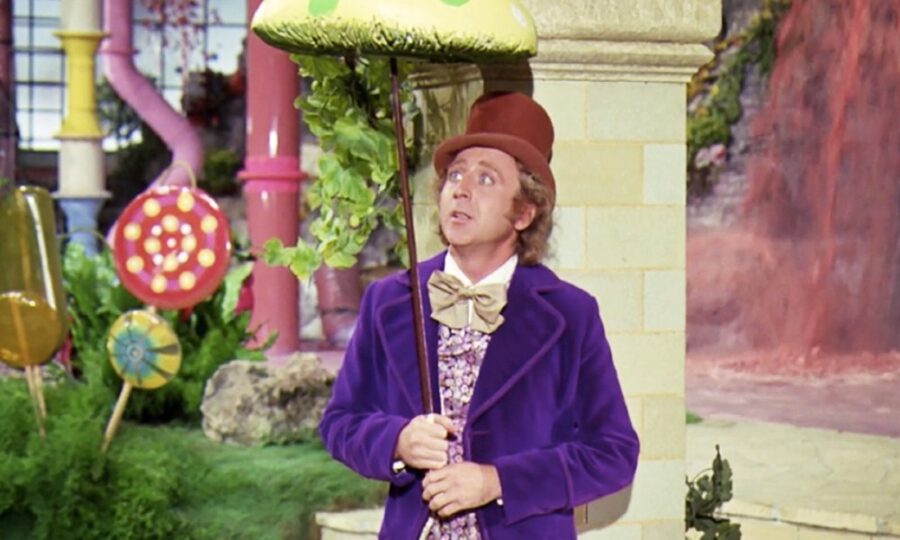
Though we’ve talked about some complex movie theories at this point, this theory is pretty cut-and-dried. The theory postulates that Willy Wonka is actually an unhinged child murderer who lures terrible children to his factory so he can systematically kill them. But it’s only the greedy and selfish children that he wants to take out in an effort to make the world a better place in his warped mind.
It’s suggested that Willy Wonka spared Charlie because of his selfless act of returning the Everlasting Gobstopper, which signified purity to Wonka. If you run with this theory, you could reasonably assume that Wonka will eventually groom Charlie to continue murdering awful children when he takes over the chocolate factory himself.
Like other movie theories on this list, there are counter-points to consider. In Charlie and the Chocolate Factory novel this film is based on, Charlie sees Violet, Augustus, Veruca, and Mike all leave the factory at the end of his adventure. In other words, even though we don’t see the four victims after they are whisked away by the Oompa Loompas, we can reasonably assume that this was implied to have happened off-screen.
3. Ferris Bueller is just a figment of Cameron’s imagination
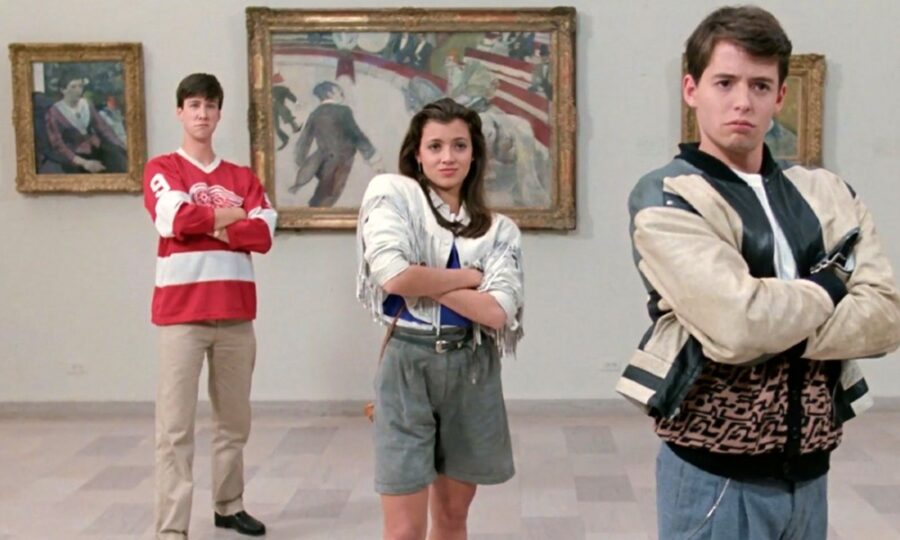
Some movie theories require a shift in perspective for them to actually work. One fan theory involving Ferris Bueller’s Day Off suggests that Cameron hallucinated the events of the entire film while he was sick in bed. One reason fans believe this theory is that when Ferris arrives at Cameron’s house to whisk him away on his hooky adventure, he’s suddenly not so sick, which signifies an out of body experience of sorts.
But we consider it to be one of the weaker movie theories because the events of Ferris Bueller’s Day Off are mostly shown through Ferris’ perspective, which wouldn’t make sense because Cameron wasn’t around for those scenes.
2. The Matris is a sequel to The Terminator
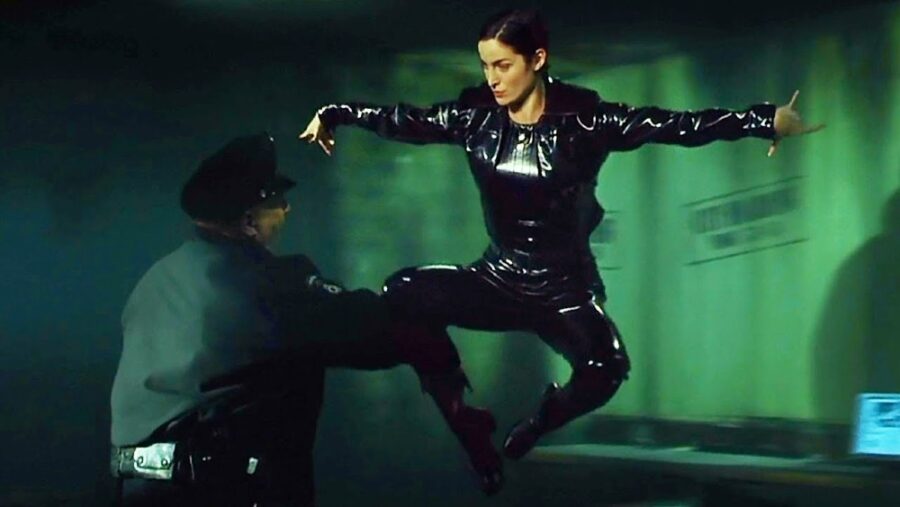
A closer look at The Matrix shows us that movie theories are capable of crossing franchises. One such theory asserts that The Matrix is actually a sequel to the Terminator movies, or at the very least embodies an alternate timeline in the war between humans and machines. This movie theory suggests that after Skynet failed yet again to take out John Connor, they use their machines to manipulate the human mind rather than outright destroy humanity through brute force.
When Morpheus explains to Neo that there was a “one” before him, he may be referring to John Connor himself. John Connor was equipped to be a general leading a war against the robot resistance, and Morpheus was equipped to dismantle The Matrix on a different playing field involving artificial intelligence.
1. The Pixar Theory
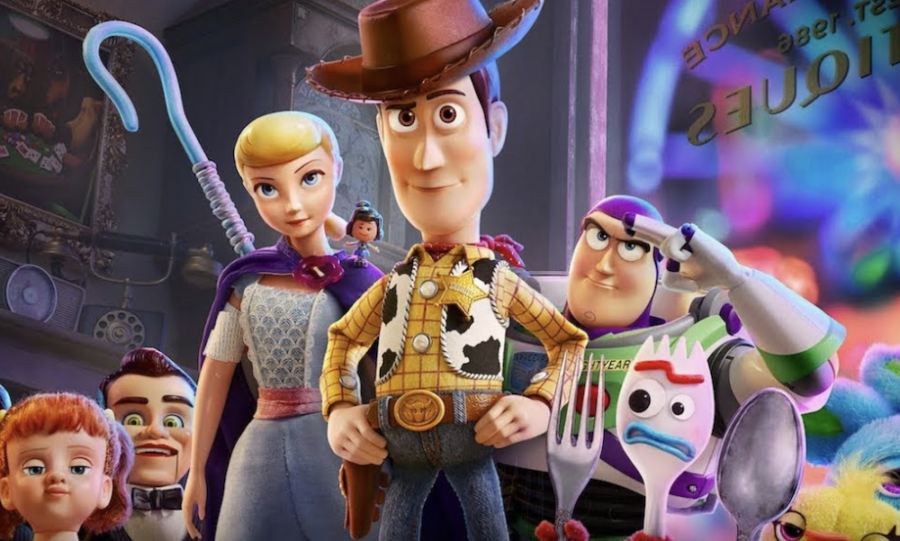
Journalist Jon Negroni uncovered one of the most elaborate movie theories we’ve seen, and he literally wrote the book on the Pixar Theory. On his webpage, you can see an elaborate timeline hypothesizing that every Pixar movie occupies the same universe. And when you think about the thematic through lines in all of the films, you can’t help but wonder.
The Pixar Theory suggests that the films take place in chronological order, starting with The Good Dinosaur and ending with Monsters Inc. Throughout this timeline, we see intelligent animals, sentient toys, talking cars, and there are Easter eggs that can be found in each film that suggest that they’re all intentionally connected.
But like many movie theories, Pixar has never confirmed this one. We’ll leave the heavy lifting to Jon Negroni because as more Pixar movies come out, he’ll be able to add to his theory and see where it all fits on his already intimidating timeline.










